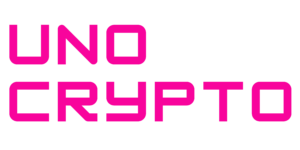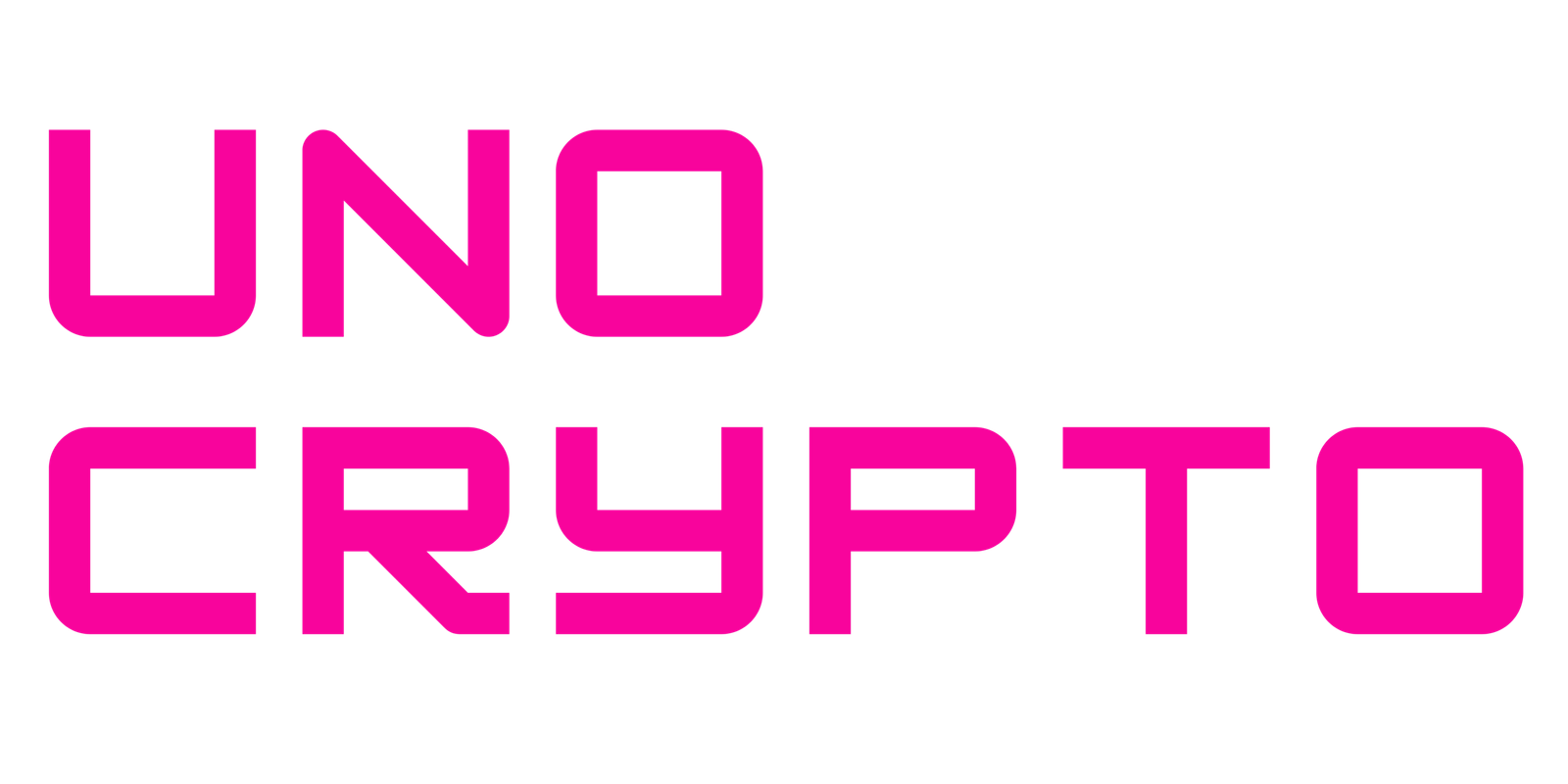AT&T has announced a groundbreaking partnership with Helium, the decentralized wireless network operated by Nova Labs, to enhance Wi-Fi access for its users across the United States.
The agreement allows AT&T subscribers to tap into Helium’s vast network of community-run hotspots, significantly broadening coverage areas and improving service reliability.
Helium operates under a decentralized physical infrastructure model (DePIN), where individuals and businesses deploy personal hotspots and earn Helium’s native token, HNT, in exchange for providing network support.
With over 93,000 active hotspots, the Helium network offers an innovative, scalable alternative to traditional telecom infrastructure.
Seamless Integration via Passpoint and Incentive-Driven Participation
The partnership leverages Passpoint technology to ensure secure and automatic authentication for AT&T users accessing Helium hotspots.
They enable frictionless transition between AT&T’s cellular network and Helium’s decentralized Wi-Fi infrastructure, providing users with uninterrupted connectivity.
Importantly, while AT&T won’t directly compensate Helium hotspot hosts, participants will still earn HNT tokens through Helium’s usage-based rewards system.
The collaboration is structured through Nova Labs, ensuring a commercial path forward that benefits both telecom users and decentralized infrastructure operators alike.
Also Read: MerlinLayer2 Announces Partnership with BNB Chain, Aims At Enhancing Liquidity with Incentives
Wider Industry Adoption Validates Helium’s Infrastructure Model
Helium’s decentralized network is already supporting over 800,000 daily users and has been adopted by other major telecoms like Telefónica’s Movistar in Mexico.
The success of Helium Mobile’s Zero Plan offering free unlimited talk, text, and data demonstrates the real-world viability of decentralized telecom models.
With AT&T joining the fold, Helium’s network stands to play an increasingly prominent role in mainstream mobile connectivity.
The move showcases how traditional carriers are beginning to recognize the operational and financial advantages of integrating with decentralized wireless solutions.
Also Read: MEXC DEX and Pump.fun Forge Key Partnership to Revolutionize DeFi-CeFi Integration
Regulatory Green Light and Evolution of Helium’s Technology Stack
In a major regulatory milestone, the U.S. SEC concluded in April 2025 that Helium’s tokens HNT, MOBILE, and IoT do not qualify as unregistered securities.
The ruling removes a significant hurdle for the network’s growth. Helium has also transitioned from its proprietary blockchain to Solana, leveraging the latter’s high performance and scalability.
Since its inception in 2013, Helium has raised significant funding, including a $111 million token sale led by Andreessen Horowitz and a $200 million Series D round.
With regulatory clarity and robust technological backing, Helium is well-positioned to accelerate its integration with major telecom players and revolutionize wireless connectivity.
Crypto Sector Sees Similar Alliances and Growth
Helium isn’t the only project making waves in 2025. Analyst Ali Martinez has forecasted a bullish rebound for HNT
Meanwhile, Coinbase CEO Brian Armstrong announced that over 170 government entities are now exploring onchain solutions, highlighting the increasing demand for blockchain-powered infrastructure.
Additionally, Tron reported a 170% year-over-year revenue surge, fueled by partnerships like its recent collaboration with Aeon to streamline crypto payments.
These developments underscore the crypto industry’s rapid expansion and its growing ties with real-world utility.
Also Read: Circle Paid $60.25 Million To Binance To Support A Two-Year Partnership to Boost USDC Adoption


